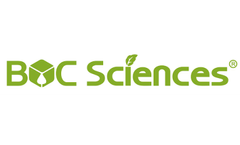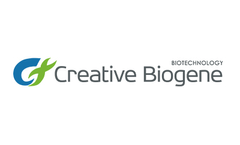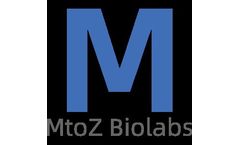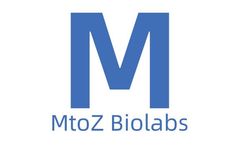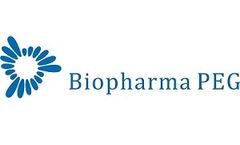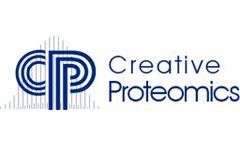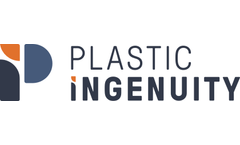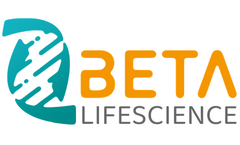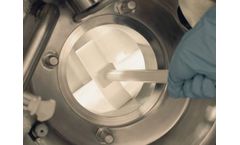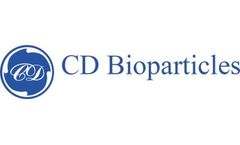Refine by
Drug Production Articles & Analysis
42 articles found
These inactive substances, which are combined with the active pharmaceutical ingredient (API), perform various functions that enhance the effectiveness, stability, and overall performance of drug products. Understanding the common types of excipients is essential for pharmaceutical scientists and formulators, as it aids in the development of effective ...
As seasonal allergies affect millions globally, the demand for advanced, reliable treatments is growing rapidly. Behind the scenes of this progress lies a powerful class of materials: fluoropolymers. While often associated with aerospace, semiconductor, and chemical industries, fluoropolymers also play a vital—yet underappreciated—role in pharmaceutical manufacturing, particularly in ...
Among the various production systems available, Chinese Hamster Ovary (CHO) cells have emerged as a gold standard for monoclonal antibody production, and specialized services have been developed to streamline this process. ...
The MDCK permeability assay is a critical technique employed in pharmacology and drug development to evaluate the permeability of drug candidates across epithelial cell layers. ...
Recombinant protein drugs refer to protein products that originate from animals and plants and are developed through biotechnology research. ...
Recombinant protein drugs refer to protein products derived from animals or plants and developed through biotechnology research. These proteins possess certain biological activities and can prevent, treat, and diagnose diseases in humans, animals, and plants. Compared to small molecule drugs, protein drugs have advantages such as ...
Natural product extraction is also important in the development of new drugs and pharmaceuticals. ...
These specially sized polymers are designed to improve the stability and delivery of proteins and peptides in drugs. They are essential for Antibody-Drug Conjugate (ADC) linkers, Proteolysis Targeting Chimeras (PROTAC) linkers, and PEGylated proteins and peptides. ...
HCPs are purified together with the target product during the production process and cannot be removed. Risks of HCPs In general, HCP constitutes the major process-related impurity in the drug product in addition to the target protein. ...
In the United States, sponsors submit ADC listing applications through BLA, but ADCs are regulated by CDER. The CMC review of ADC products involves two departments: Office of Biotechnology Products (OBP) and Office of New Drug Quality Assessment (ONDQA). ...
Factors Considered When Determining Shelf Life Expiration Dates Shelf life expiration dates are vitally important to ensure medical devices are safe to use. The Food and Drug Administration (FDA) requires product labels to indicate an expiration date if a certain component is not useful past a certain date. ...
IL-2 effectively promotes the production and proliferation of ILC2 both in vivo and in vitro [1]. IL-2 regulates adaptive immune cells CD4+ T cells act as helper cells, executing a series of functions by differentiating into specific subgroups after exposure to antigen stimulation and responding to cytokine signals. ...
Multiple solid-liquid separation methods are generally used to isolate products in a sequence; thus, product transfer is an important consideration to bear in mind. ...
Drug-to-antibody ratio (DAR, drug-to-antibody ratio) The number of cytotoxic drugs connected to each antibody is the drug-to-antibody ratio (DAR). When the DAR increases, the drug metabolism rate of ADC drugs increases, the half-life decreases, and the systemic toxicity increases. Ideally, when ...
It is constantly innovating new and complex drugs with great efficacy. This poses a challenge for generic companies to keep up and develop drugs that match the same level of complexity and effectiveness within a reasonable timeframe and budget. ...
Liraglutide and exenatide are both belonging to the class of diabetes products called GLP-1 analogues. The GLP-1 analogues have established themselves in the past years as one of the superior drug classes for treatment of diabetes type II in terms of blood glucose lowering and weight loss. Because of the latter, they are being used more and more also in the ...
Revisiting the “why” behind decision making can be a helpful exercise in all aspects of business. This is no less true for clinical operations executives when it comes to the clinical trial systems they employ to facilitate their teams’ work. The technology that supports clinical trial systems has evolved steadily over the past several decades, yet the ultimate goal of ...
After completing all the necessary studies demonstrating that the gel-based, drug-free product works as a self-care treatment for ED, Futura says it is confident that the soon to be submitted de novo medical device application will be successful and pave the way for a Q1 2023 launch. Minute Insight: Viagra May Face Stiff US Competition From Futura’s ...
Over the past few decades, nanotechnology has had a major impact on the development of drug delivery systems. Many types of nanoparticles have been developed, such as lipid-based carriers, polymeric nanostructures (including polymer-drug conjugates, block copolymer micelles, and nanogels), and inorganic nanoparticles. ...
The purpose of formulation development is to ensure that the drug is safe, effective, stable, and convenient to use. If the dosage form is improperly selected and if the prescription and process design are unreasonable, it will have a certain impact on the quality of the drug product, and even affect the drug’s efficacy and ...

